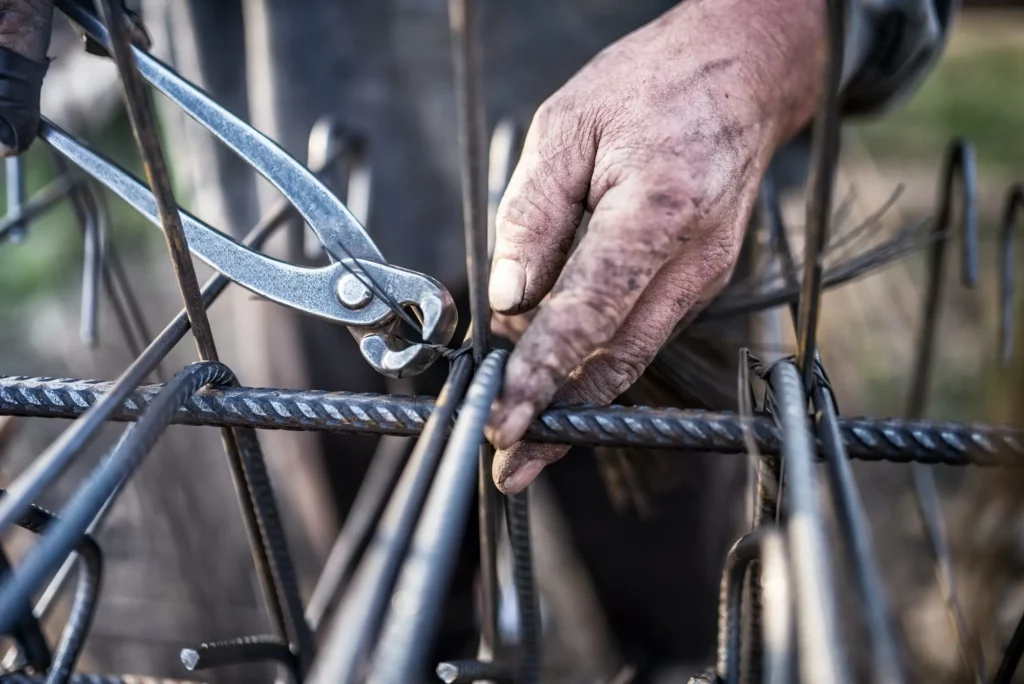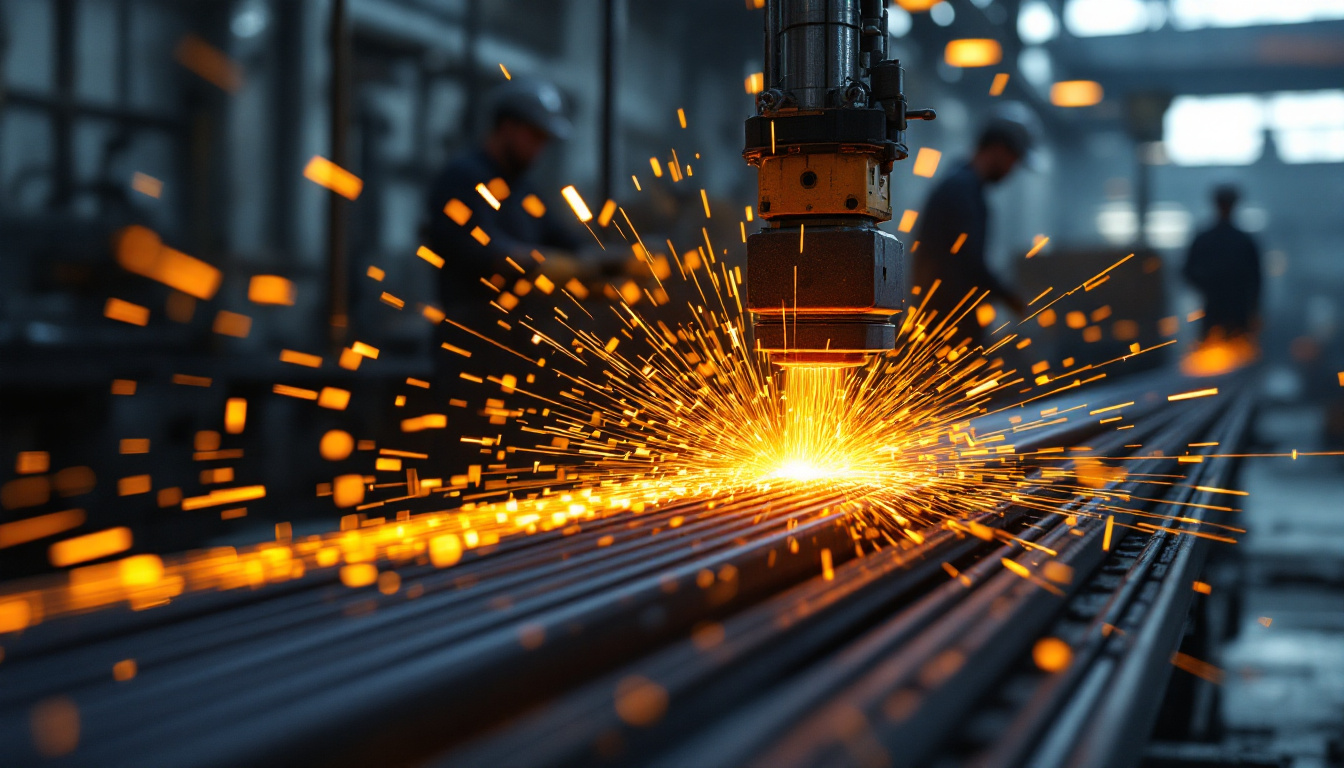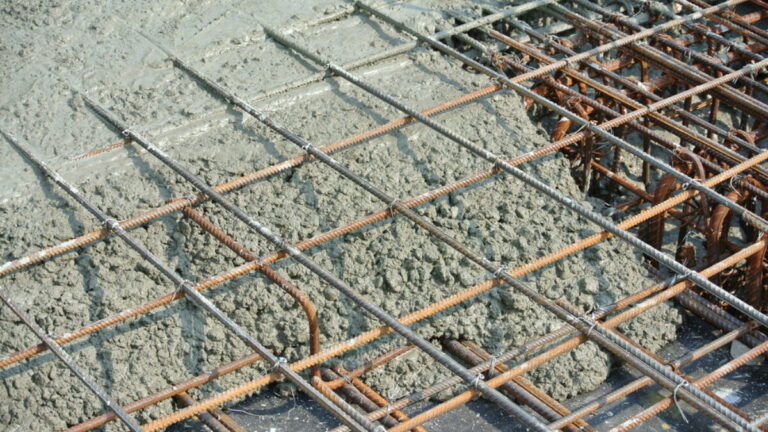Reinforced concrete is a cornerstone of modern construction, providing both strength and resilience. Central to this innovative material is a component known as Reo bar, or reinforcement bar. This article delves into the intricacies of Reo bar, its role in construction, and its impact on the environment.
What is Reo Bar?
Reo bar is a steel rod or bar used to reinforce concrete, enhancing its tensile strength and overall durability. Regular concrete, while strong in compression, can crack under tension; this is where Reo bar shines, providing the necessary support to withstand various stresses. The integration of Reo bar into concrete structures is crucial, as it allows for the construction of taller buildings, longer bridges, and more resilient infrastructure, all of which are essential for modern urban development.
The Composition of Reo Bar
Reo bar is primarily made of steel, which is chosen for its high tensile strength. It often includes various alloys to improve its resistance to corrosion and enhance its mechanical properties. The combination of different metals can also affect the bar’s flexibility and weldability, making it versatile for various applications. In addition to steel, some manufacturers incorporate micro-alloying elements such as niobium and vanadium, which can further enhance the bar’s performance characteristics, leading to improved ductility and strength.
Additionally, Reo bar can be coated with materials such as epoxy or galvanized coatings to protect against rust, especially in environments exposed to moisture or chemicals. This added layer of protection can significantly increase the lifespan of the bars and the structures in which they are embedded. The choice of coating is often dictated by the environmental conditions of the construction site; for instance, in coastal areas, where saltwater can accelerate corrosion, epoxy-coated or stainless steel Reo bars are preferred to ensure longevity and structural integrity.

The Different Types of Reo Bar
There are several types of Reo bar, each designed for specific applications. One of the most common types is the deformed bar, which features ridges or grooves to enhance its bonding strength with concrete. This makes it ideal for high-load applications and helps to prevent slippage within the concrete matrix. The design of these bars is not merely aesthetic; the patterns are scientifically engineered to optimize the load distribution and improve the overall performance of the concrete structure.
- Plain Reo Bar: Smooth and used in low-stress applications.
- Epoxy-Coated Reo Bar: Provides corrosion resistance, suitable for moist environments.
- Stainless Steel Reo Bar: Offers the highest level of corrosion resistance, ideal for marine or chemical plants.
Another notable type is the fiber-reinforced polymer (FRP) bar, which is becoming increasingly popular due to its lightweight nature and excellent corrosion resistance. FRP bars are particularly advantageous in applications where traditional steel Reo bars may suffer from rapid deterioration, such as in highly acidic or alkaline environments. The use of FRP bars can also lead to reduced overall weight in structures, which can be beneficial in seismic zones where lighter structures may perform better during earthquakes. Read more about resistance on https://www.brown.edu/Departments/Engineering/Courses/En123/CirRevFiles/Resistance2.htm
The Role of Reo Bar in Reinforced Concrete Structures
The inclusion of Reo bar in concrete not only enhances strength but also increases the longevity of structures. It plays a pivotal role in various engineering projects, from bridges to buildings, ensuring they can withstand significant forces and stresses.
Strengthening Structures with Reo Bar
Concrete is inherently strong under compression but weak in tension. By embedding Reo bar, engineers can design structures that endure bending and stretching forces. This significantly contributes to the safety and integrity of buildings, especially in seismic or high-wind areas.
In essence, Reo bar acts as a skeleton within the concrete, allowing it to handle various loads and movements that would otherwise lead to structural failure. This synergy between material comprehension and engineering design is crucial for constructing robust infrastructure.
How Reo Bar Enhances Durability
Another significant advantage of Reo bar lies in its ability to improve the durability of concrete against environmental factors. When properly installed and coated, Reo bar can help reduce the risk of cracking and degradation from freeze-thaw cycles, chemical attacks, and other external pressures.
This attribute is particularly vital in regions with extreme weather conditions or where concrete is exposed to harsh chemicals. As a result, structures reinforced with Reo bar tend to require fewer repairs and last considerably longer, delivering better value over time.
Learn about chain & shade mesh at: Chain & Shade Mesh
The Manufacturing Process of Reo Bar
The production of Reo bar involves several steps that transform raw materials into the finished product. Understanding this process helps appreciate the role and quality of Reo bar better, ensuring it meets industry standards.

Raw Materials Used in Reo Bar Production
The primary raw material for making Reo bar is steel scrap, which is often recycled to promote sustainability. Other essential components may include iron ore and various alloys to achieve desired properties. The choice of materials directly impacts the strength, ductility, and overall performance of the finished Reo bar. Click here to find more about alloys.
Additionally, manufacturers often employ strict quality control measures to ensure that these raw materials are processed correctly, resulting in a reliable final product that meets or exceeds the specified standards.
Stages in the Reo Bar Manufacturing Process
The manufacturing process begins with melting the raw materials in an electric arc furnace, followed by refining to remove impurities. The molten steel is then poured into molds to form billets, which are subsequently cooled and reheated for rolling.
During the rolling process, the billets are shaped into long bars with specific diameters and surface characteristics. Following this, the bars are cut to length and subjected to various treatments, such as hardening or coating, to enhance their performance and longevity.
The Installation of Reo Bar in Concrete Structures
Installing Reo bar properly is as crucial as its manufacturing. This ensures it performs effectively within the concrete mix. The processes involved in the planning and installation of Reo bar are pivotal for achieving structural integrity.
Preparing for Reo Bar Installation
Before installation, careful planning is required to ensure the Reo bar layout meets engineering specifications. This includes determining the type and spacing of Reo bar to be used, as well as considering environmental factors that may affect the concrete’s performance.
Additionally, construction teams must inspect the formwork and prepare the site meticulously to allow for proper embedding of the Reo bar. This ensures that the bar is positioned correctly, facilitating optimal load distribution within the concrete.
The Process of Embedding Reo Bar
Once preparations are complete, the Reo bar is carefully placed within the mold before the concrete is poured. During this stage, it is vital to ensure that the Reo bar is adequately covered by concrete to maintain protection against environmental elements.
After pouring, workers often vibrate the concrete, allowing it to settle and fill gaps around the Reo bar. This process aids in achieving maximum bond strength between the concrete and Reo bar, which is essential for the overall performance of the structure.
The Environmental Impact of Using Reo Bar
As concerns about sustainability grow, understanding the environmental impact of construction materials, including Reo bar, is increasingly important. The lifecycle of Reo bar does indeed bring both challenges and opportunities.
Reo Bar and Sustainability
Reo bar contributes to the sustainability of concrete structures by enabling their longevity and reducing the frequency of repairs or replacements. Moreover, the steel used in Reo bar is often sourced from recycled materials, significantly minimizing its carbon footprint compared to virgin materials.
By integrating sustainable practices in Reo bar production and use, the construction industry can contribute to a more environmentally friendly approach, balancing economic growth with ecological preservation.
Recycling and Reusing Reo Bar
The recycling of Reo bar at the end of its life cycle is another key element of sustainability. Reo bar can be melted down and reformed into new bars, significantly reducing waste and limiting the need for new raw materials.
Furthermore, construction practices may incorporate salvaged Reo bar for new projects, demonstrating the potential for sustainable building techniques within the industry. Such practices not only save costs but also promote the responsible use of resources.
In conclusion, Reo bar is an indispensable material in the construction industry, enhancing the strength and durability of concrete structures while simultaneously holding an important role in sustainable practices. Insight into its properties, manufacturing, and installation processes can aid in better decision-making for future construction projects.
